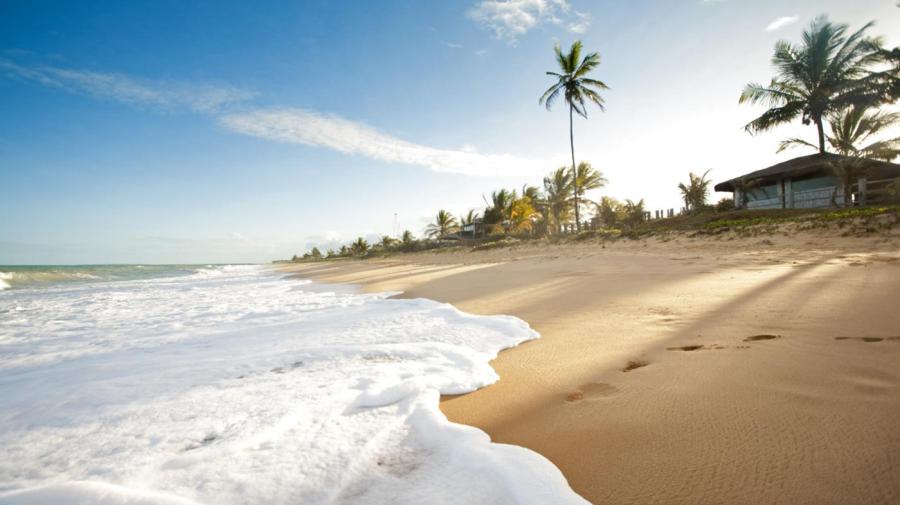What Are Some Facts About Coastal Plains?

Coastal plains are flat, low-lying pieces of land that feature a body of water on one side and some type of landform on the other. According to National Geographic, a coastal plain can form either as a continental shelf or when water currents carry sedimentary materials that build up over time.
Coastal plains can be near an ocean, river or lake and are separated from the interior land by a mountain or hilly range, states OpposingViews.com. The fall line of a coastal plain is the inland boundary where it meets the nearby landform and creates waterfalls or rapids due to eroding sedimentary material. The EPA explains that since the coastal plain areas are either just above or under water, much of these regions are wetlands, which contain important ecosystems for a variety of species. Coastal plains are usually heavily wooded and provide important economic functions to surrounding regions, according to OpposingViews.com. The Atlantic coastal plain, from New York to Florida, slopes towards the Atlantic Ocean and is a resource for lumber and fishing. The Gulf Coastal Plain extends from south Florida to Mexico. The coastal plain of Israel boarders the Mediterranean Sea and provides a great source of agriculture due to its fertile landscape.





